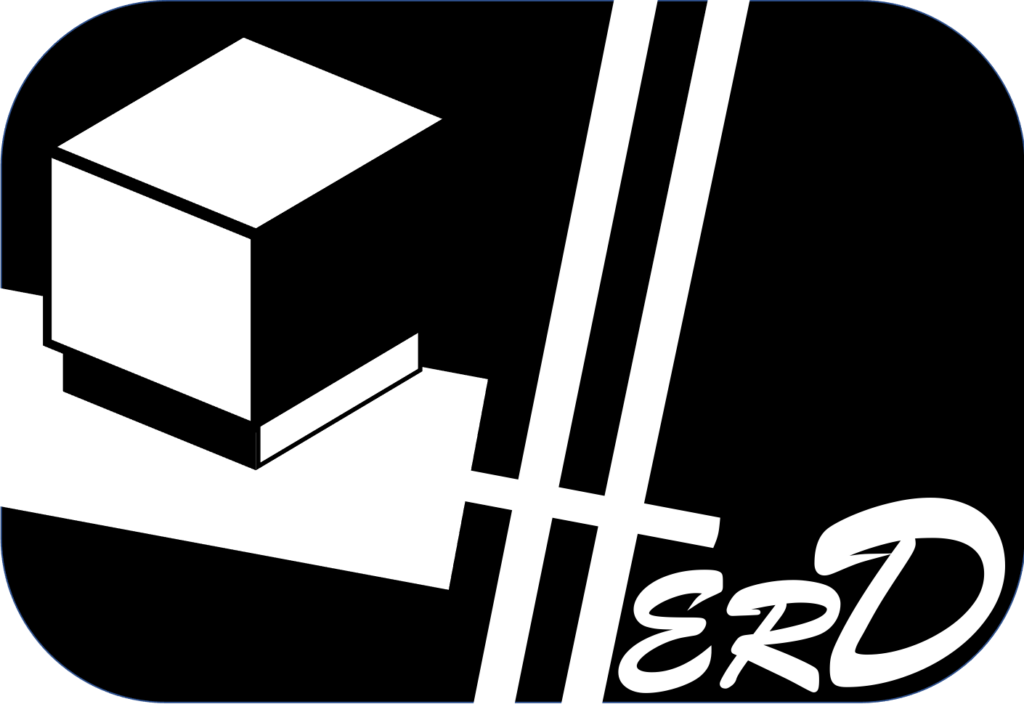
The High Energy cosmic-Radiation Detection (HERD) facility has been proposed as one of several space astronomy payloads onboard the future China’s Space Station, planned to be assembled, launched and ready for operation starting around the end of 2027, for a foreseeable mission duration of more than 10 years.
HERD is a China-led mission with key European contribution, led by Italy: the proposal for the construction of this platform has passed the joint international review organized by the Italian Space Agency(ASI) and the Center for Space Utilization of the Chinese Academy of Science (CAS).
Among the primary scientific objectives, HERD will be particularly well-suited in the (indirect) search for Dark Matter in the Galaxy, looking for its possible annihilation/decay products in the high-energy sectors of the spectra of electrons/positrons (from 10 GeV to 100 TeV) and of gamma-rays (from 0.5 GeV to 100 TeV), looking also at the presence of small anisotropies in their energy distributions
In addition, HERD will be able to perform precise measurement of primary cosmic rays from 30 GeV up to the PeV scale to determine the origin of the “knee” structure, and it will conduct a full sky survey at very high energies, thanks to its wide Field-of-View.
The scientific payload is composed of 4 instruments. The main one is a homogeneous, almost cubic calorimeter (CALO) made of about 7500 LYSO cubic crystals and capable of accepting particles incident on its top face and four lateral faces. Each sensitive face is instrumented with a scintillating fiber tracker (FIT), and covered by a plastic scintillator detector (PSD) to separate gamma rays from charged particles. Finally a silicon charge detector (SCD) will provide accurate measurement of the charge of incoming particles. In addition, a transition radiation detector (TRD) is located on one lateral face for energy calibration of TeV particles.
This design results in an effective geometric factor more than one order of magnitude larger than that of previous missions, and also excellent lepton/hadron separation capabilities thanks to the 3D nature of the calorimeter.
The novel design and key specifications of HERD instruments have been successfully verified with beam tests at the CERN SPS, paving the road to the construction of one of the most advanced space-borne instruments in the next future.

References
[1] https://www.sciencedirect.com/science/article/pii/S0168900222012621
























































































